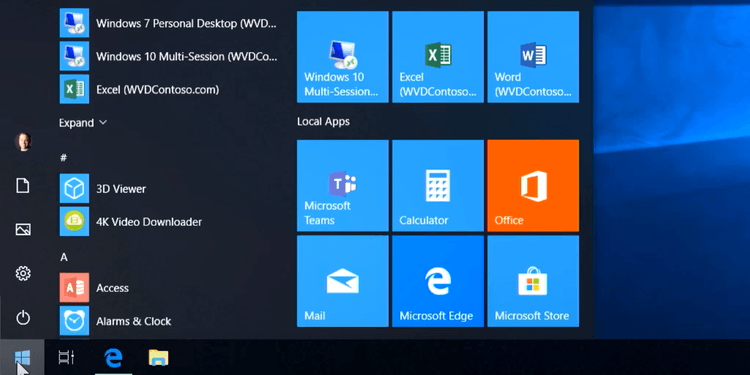The best thing about DevOps hides in the very nature of the concept. Given that it consists of different practices, tools, use cases, and cultural philosophies, DevOps is highly susceptible to changes. The ultimate goal is to deliver services or apps at the highest speed possible.
How do you improve your DevOps initiative? The only way is to keep up with trends, assess them, and see which one can unlock the most benefits for your team of developers.
Following the trends in the niche can be quite challenging when you don’t have that much spare time on your hands. Below you can discover all the crucial trends in DevOps for 2023.
Post Contents
The importance of security will continue to increase.
At the core of DevOps, we have efficient and continuous software and service delivery. However, since cybersecurity threats are becoming more prominent year after year, more and more DevOps teams are using better security measures. One of the biggest trends in DevOps for 2023 is security.
In other words, DevOps will start using better and more relevant security practices to minimize cybersecurity risks. The motion to make more secure software and services has resulted in a new concept called DevSecOps.
DevSecOps enables organizations and DevOps teams to identify and adequately address security vulnerabilities and potential license compliance issues. Many DevOps platforms, such as JFrog, already offer all-in-one solutions, including Static Application Security Testing, Software Composition Analysis, and Dynamic Application Security Testing.
Low-code platforms are bound to become more popular.
The software market is becoming increasingly fast-paced on top of being highly demanding. It means that DevOps, now more than ever, must be as agile as possible.
Dealing with massive chunks of code will no longer cut it, especially when using multiple platforms. That’s why there is a new trend in the niche for 2023. DevOps is starting to choose low-code platforms more frequently.
Low-code platforms minimize the need for knowing the export code, enable non-tech workers to contribute to software development, and provide the entire team with a visual interface that makes software production even faster.
The support for the drag-and-drop interfaces enables low-code platforms to help streamline the development process because the logic and workflow development is finally simple.
Kubernetes are here to stay.
Automation and load balance are some of the main challenges DevOps faces daily. The only possible way to overcome them is to start using solutions for deploying and orchestrating containers.
The most popular platform for it is Kubernetes or K8s for short. In fact, the world’s Kubernetes platforms market is projected to reach 5.5 billion by 2028.
Thanks to K8s, developers can automate rollouts and rollbacks, manage load balance, avoid disruptions when containers fail, and orchestrate data storage.
Besides K8s, DevOps teams will also more frequently use GitOps to automate software delivery. Some of the most popular GitOps tools include Jenkins and Git.
More DevOps teams will use microservices.
The upkeep of monolithic architecture is time-consuming, especially at scale. The maintenance costs also tend to pile up. That creates room for a new trend in the DevOps industry – the vertical will start to depend more on microservices.
Microservices are becoming popular because developers can make necessary network changes without disrupting other systems.
Microservices will be especially welcomed by IT experts looking for a solution to help them effortlessly build large apps. Plus, the microservices architecture enables better data security, faster deployment, and reduced data flow in the network.
Serverless computing is the new standard.
Finally, we have cloud computing as the last DevOps trend to watch for in 2023. In-house infrastructure will no longer have the ability to support digital workloads. Cloud computing or serverless computing creates new opportunities and enables brand-new digital strategies.
It also means less workload for DevOps. Thanks to serverless computing, DevOps can forget about server management, reduce operational costs (pay only for the resources they use), and scale up or down on demand without affecting performance. They can roll out faster and more cost-effectively and enjoy automation benefits.
Conclusion
The most accurate way to discover the direction in which some sector is moving is to outline the critical trends. In DevOps, the most noteworthy trends include adopting DevSecOps best practices, making the final switch to the cloud computing model, and using low-code platforms, Kubernetes, and microservices.
Knowing these trends can help you better align your operations and the team of developers, adopt better practices, and use better tools and infrastructure.









